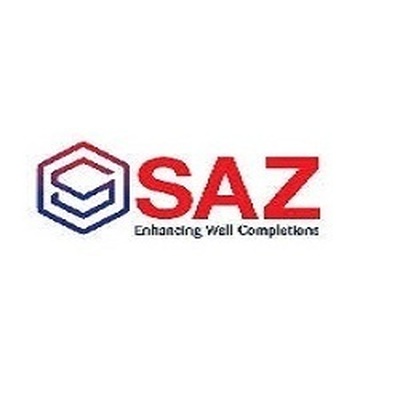More from SAZ Oilfield Equipment Inc.
More in Politics
Related Blogs
أرشيف
حصة الاجتماعي
Why SAZ Oilfield Trusts Artificial Lift Systems for Long-Term Output
الجسم
In the competitive and ever-evolving world of energy extraction, maintaining consistent oil production is a significant challenge. Wells mature, pressure drops, and reservoirs become harder to tap into efficiently. That’s where artificial lift systems step in — the unsung heroes behind long-term output and sustainability in oilfields across the globe.
For companies like SAZ Oilfield Equipment Inc., these systems aren’t just tools—they’re critical assets in a larger strategy to maximize recovery while optimizing costs and resources.
Keeping the Flow Alive - The Role of Artificial Lift Systems
Oil wells don't always flow freely. Natural pressure may decline faster than expected, or heavier crude might resist upward movement. Artificial lift systems step in to give production the push it needs. These technologies help bring hydrocarbons to the surface when natural reservoir energy can't do it alone.
What makes them indispensable isn't just their efficiency—it’s their adaptability. They can be tailored to suit a well’s age, pressure behavior, and volume expectations. That’s exactly why smart operators lean on them not just for short-term spikes, but for long-haul stability.
Precision and Power - Plunger Lift in Action
Among the most cost-effective artificial lift methods, Plunger Lift systems are widely used in gas and oil wells with intermittent production. They're perfect for wells that can’t justify more energy-intensive systems but still need steady output.
The magic lies in the timing. The plunger, like a piston, moves up and down the well, pushing liquids and gas upward. Over time, this simple yet elegant mechanism prevents fluid loading and maximizes uptime without the heavy draw of electricity or the expense of expensive machinery.
Plunger Lift systems are especially valued in wells with fluctuating pressure or those nearing their decline phase. By minimizing downtime and reducing energy consumption, they offer a win-win for both productivity and cost control.
Gas Lift Valves and Mandrels - A Dynamic Duo
In more demanding well conditions, gas lift systems take the stage. These rely on injecting high-pressure gas into the tubing through gas lift valves, effectively lightening the hydrocarbon column and pushing the fluids to the surface.
Gas lift mandrels play a vital role here—they house the valves and control where and how the gas is injected. It’s this combination of targeted injection and modular design that gives operators full control over how much lift is needed and when.
This setup is particularly useful in deeper wells where pressure challenges are significant and other lift methods may fall short. Plus, the ability to switch out mandrels and valves without major overhauls makes maintenance less disruptive.
The Silent Strength - Modular Screen Plant Support
Behind the scenes, support systems like the modular screen plant ensure everything runs smoothly. Designed to handle sand management and filtration, these plants keep artificial lift systems from choking on debris or suffering mechanical damage due to particulates.
By preventing erosion, scaling, and flow blockages, modular screen plants extend the life of the lift systems and ensure consistent operation. They also reduce the need for interventions, helping teams stay focused on optimization rather than firefighting.
Why SAZ Oilfield Equipment Inc. Chooses Reliability Over Flash
When it comes to long-term output, consistency consistently beats novelty. That’s why SAZ Oilfield Equipment Inc. continues to place its trust in artificial lift systems. From Plunger Lift setups to the intricate coordination of gas lift valves and mandrels, every component plays a part in keeping wells productive year after year.
These aren’t just tactical decisions—they’re strategic commitments to long-term performance, sustainability, and smart field development. In a market where downtime costs more than just money, having a dependable artificial lift strategy can mean the difference between success and setback.











تعليقات